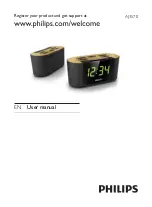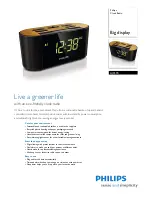
N
Equipment
Technology and Function
of the Mechanica M
2
68
69
The Balance
We have already described a large part of the problematic in
manufacturing the oscillator
*
when we talked about the manufacture
of balance springs. The biggest challenge here is to ensure the
smallest possible influence of temperature change.
Without much ado, the balance wheel expands when heated—and
the watch runs slow. If the balance wheel contracts as it cools,
the watch will run fast. This was effectively combated in the past,
reversing the behavior just described, by making bimetallic balance
wheels: the first temperature compensation was born. The bimetallic
balance wheel, as the name already suggests, is made using two
layers of different metals, which expand in different strengths when
heated and contract differently when cooled.
When heated,
the outer layer
expands more strongly, thus
pushing the inner layer toward
the center of the balance. This
change in inertia accelerates
the balance wheel and
compensates for the softer
balance spring when heated.
When cooled,
the outer layer
consolidates more strongly.
The diameter of the balance
wheel increases and the
balance gets slower.
The increased inertia of
the balance wheel is thus the
same as the cooling of
the increasingly strong and
hard balance spring.
To add visual enhancement—especially
in conjunction with the pierced dial
available as equipment—a lavishly
finished
*
, rhodium-plated, diamond-
milled escapement with Screw balance
*
is available.
Ideally, we are aiming at creating a self-compensating unit that
includes the balance spring.
Escapement* with Screw balance**
It is naturally better if the influence of temperature is kept as low
as possible right from the beginning—or, ideally, even entirely
avoided—by choosing suitable materials.
Because of today’s extremely low manufacturing tolerances,
contemporary mechanical watches and clocks now come almost
exclusively outfitted with balances that have a smooth balance
wheel. It was and is important to get the optimal interplay of balance
spring and balance. If the components are suitably chosen during the
pairing, the balance is able to compensate for the temperature
behavior of the balance spring and vice versa. After manufacturing
is completed, both the elasticity of the balance springs and the iner-
tia of the balances are measured, correspondingly sorted, and
optimally paired.
In classic high-quality timepieces and marine chronometers
*
of days
gone by, elaborate screw balances were used. Even today these are
still utilized in high-quality watch movements; they are absolutely
ornamental in any timepiece.
The screws allow the following:
◊
The best possible compensation for potentially existent unbalance
*
and
◊
Altering oscillation frequency.
Both of these measures allow improvement to the rate precision of
a precision timepiece.















































